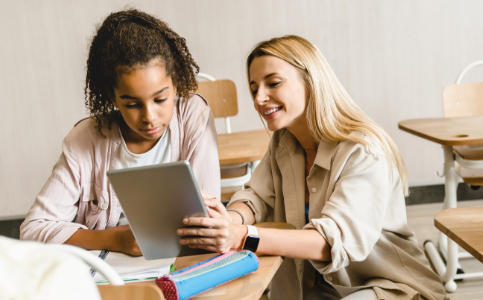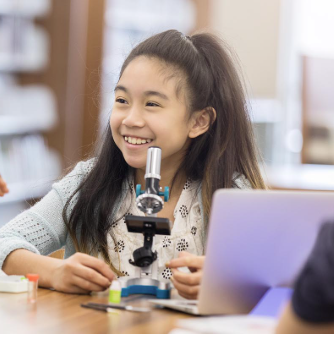In the evolving world of education, one approach that continues to gain momentum is personalized learning. This method focuses on tailoring the educational experience to meet the unique needs, strengths, and interests of each student. Rather than following a one-size-fits-all model, personalized learning allows students to progress at their own pace and take more ownership of how they learn best.
Defining Personalized Learning
At its core, personalized learning is an instructional approach that adapts the pace, content, and method of learning to suit each individual student. It combines a variety of strategies—from flexible lesson plans to adaptive technology tools—to ensure that students remain engaged and supported throughout their academic journey. Teachers become facilitators, guiding students as they develop autonomy and critical thinking skills.
Key Features of Personalized Learning
- Student-Centered Goals: Students help set learning objectives based on their interests and academic needs, promoting deeper engagement and motivation.
- Flexible Pathways: Learning is not confined to a linear curriculum. Students might explore topics through multimedia, hands-on projects, or independent research.
- Ongoing Assessment and Feedback: Regular feedback helps track progress and guide instruction, enabling students to reflect and adjust their strategies.
- Technology Integration: Tools such as learning management systems, educational apps, and interactive software support personalized instruction and data tracking.
Benefits of Personalized Learning
Personalized learning enhances student engagement by allowing learners to explore subjects in ways that resonate with them. It also supports equity, as students receive support that meets their individual challenges and abilities. Additionally, this approach builds confidence and encourages students to take initiative, which can lead to better long-term academic outcomes.
Challenges and Considerations
While personalized learning offers many benefits, it requires careful planning and ongoing support. Teachers need time and training to implement these strategies effectively. Schools must also ensure access to appropriate technology and resources so that all students can benefit equally from a personalized approach.
Conclusion
Personalized learning is reshaping how we think about education. By placing the student at the center of the learning process, this approach not only enhances academic success but also nurtures lifelong learners. For beginners, understanding the basics of personalized learning is the first step toward creating more meaningful and effective educational experiences.














